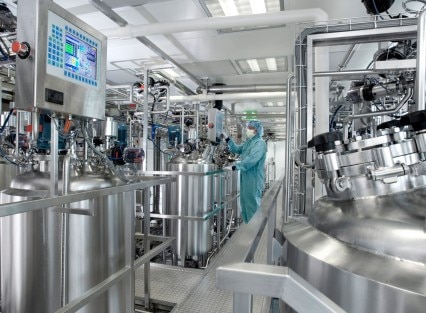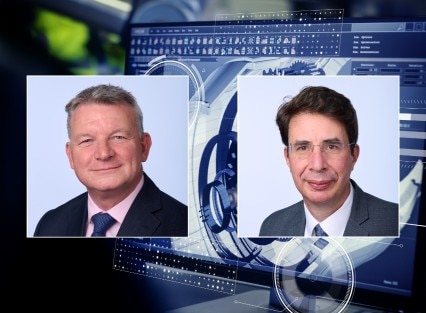AI tools to automate diagnosis and prescription. The report says AI will initially be used by doctors to ensure they haven’t missed anything. Over time, we expect AI will start analyzing data in ways that no human doctor could.
AI agents to provide services currently available only from healthcare professionals. AI agents can now pass the professional exams required for doctors, nurses, dietitians, and similar healthcare professionals, but the cost of providing an AI agent is around 20¢ an hour, vs. $20 to $90 an hour for a human nurse, dietitian, or healthcare coder in the US. AI health agents can therefore provide services in relatively low-risk situations that are uneconomic to provide with human professionals. An AI agent could be used, for example, to generate weekly (or daily) calls to check in on elderly individuals, gently reminding them to take their medicines; reassuring them about minor health issues; and, if needed, booking appointments with (human) healthcare professionals and arranging the necessary transport.
AI for consumers that replicates the conversation of doctors: Already most people perform an Internet search of health issues before they visit a clinician. In the future, their health questions will be answered by large language models (LLMs), and these will provide answers that sound very much like (friendly and well-informed) doctors.
These changes will take time, the report says, but on a 5- to 10-year view these tools -- and others like them -- will change the role of most healthcare professionals, altering the way healthcare is delivered very substantially.
Tools for automating diagnosis
Increasingly effective tools for diagnosis are expected to emerge, formed from the combination of four increasingly mature technologies, each of which is powered by generative AI:
- Speech-to-text: Automatic speech recognition (ASR) now allows smart speakers to transcribe accurately what a patient is saying, in the clinic or during a phone call. The technology has improved significantly since generative AI has become available, because even when the software cannot distinguish the word, AI makes well-educated guesses about what the speaker was trying to say.
- Generative AI can extract the main points from the transcript: LLMs are less likely to hallucinate when they’re asked to summarize text than when they’re asked to create something entirely new.
- Medically specialized LLMs can suggest next steps as effectively as human doctors. Some LLMs – for example Google’s Med-PaLM2 – can outperform human doctors in medical exams. These effectively ask the examinee – whether human or machine – to analyze medical vignettes. But we’ve just said in bullet points 1 and 2 above that AI can reduce conversations with real humans to their essentials.
- Text-to-speech: Finally, systems now exist to convert the text created in step 3 back to speech.
The report says that, in the first place, diagnosis tools will be used by doctors to check they haven’t missed something. For example, a family doctor, listening to a patient, may think it’s worth investigating A, B, and C; however, the AI may also remind the doctor that syndromes D and E are also possible and therefore need consideration.
As a result, these tools should help doctors provide a more consistent service, speeding up their work, and also remove some of the stress from the job.
In China, AI is already used by more than a more than 1 million doctors to help diagnose faster and more accurately. The report says its popularity reflects in part the underdeveloped state of China’s system of family doctors, who often have many years less training than their western equivalents. The system is particularly popular in smaller cities, where often there is only a rudimentary primary care system.
This is the fifth in a series on AI in healthcare; details in the table below.
Reports in the Smart Thinking on AI in Healthcare series

© 2023 Citigroup Inc. No redistribution without Citigroup’s written permission.
Source: Citi Global Insights
The full report features greater depth on specific AI tools for healthcare professionals and how AI diagnoses are likely to start outperforming human doctors over time and much more.
For more information on this subject, and if you are a Velocity subscriber, please see the full report, originally published on 18 August 2023, here: https://www.citivelocity.com/
Citi Global Insights (CGI) is Citi’s premier non-independent thought leadership curation. It is not investment research; however, it may contain thematic content previously expressed in an Independent Research report. For the full CGI disclosure, click here.


